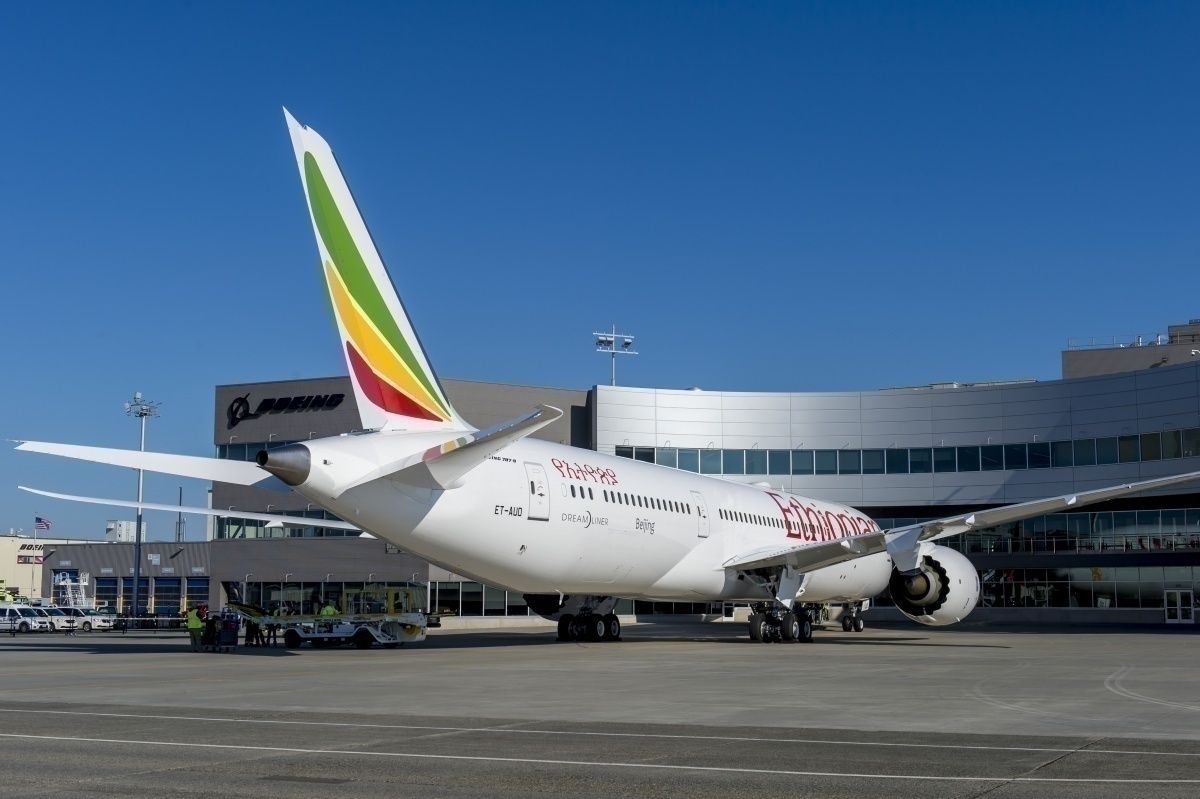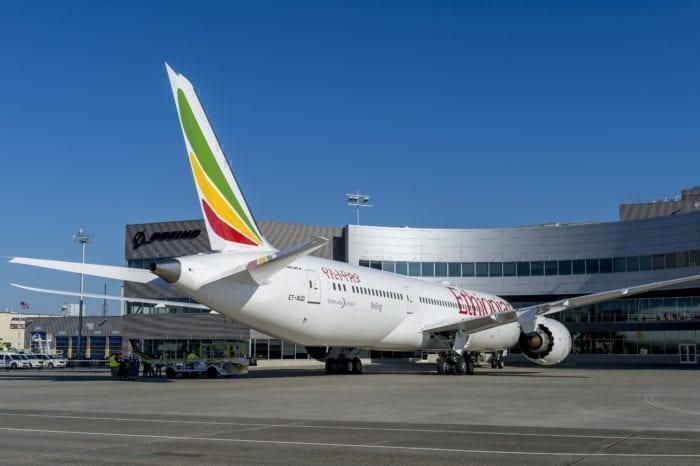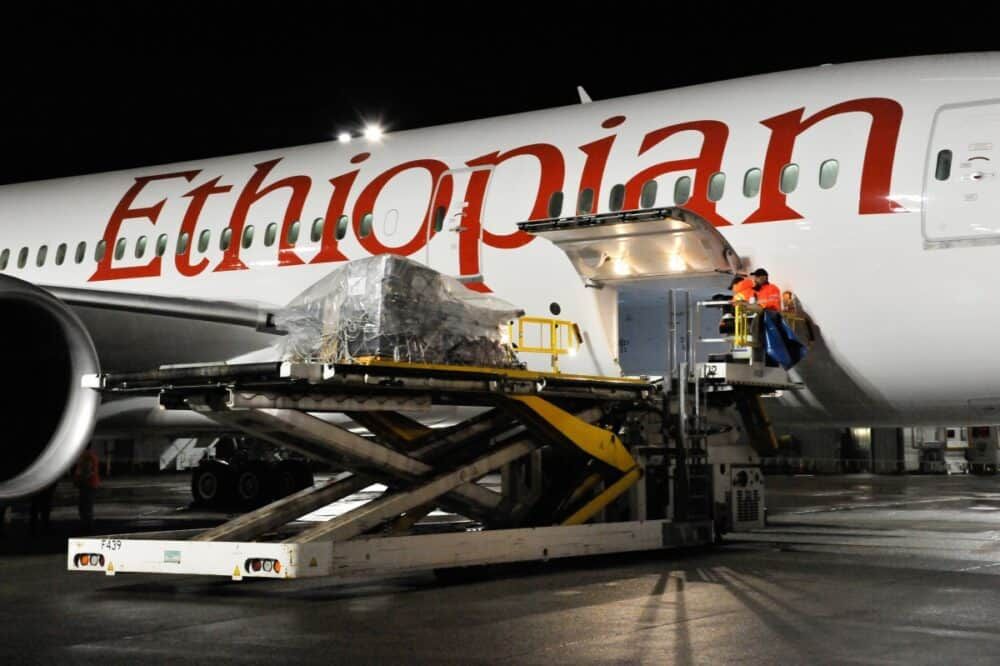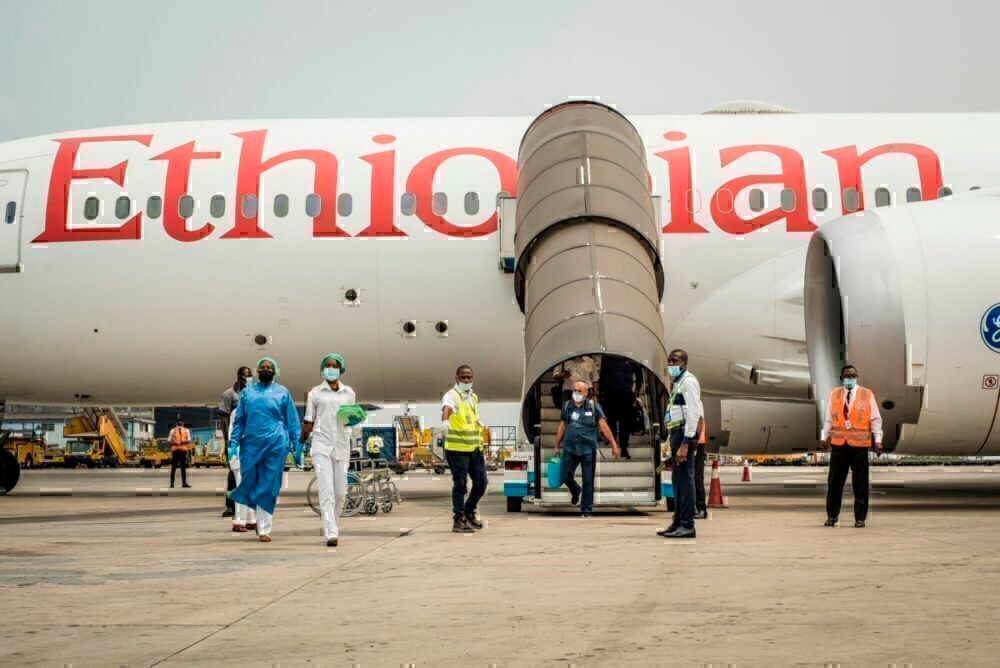Despite the challenges of the current environment, Ethiopian Airlines is already operating at 40% of its pre-COVID capacity. Simple Flying caught up with acting Chief Commercial Officer Esayas WoldeMariam to find out how the airline had achieved this recovery and how the future was looking now.
40% restored
Simple Flying asked acting Chief Commercial Officer at Ethiopian Airlines, Esayas WoldeMariam, how the airline's network was looking now. He told us,
“Both passenger and cargo combined, we have resumed about 40% of our operations from pre-COVID.”
40% is a pretty strong recovery level, particularly for such an international airline as Ethiopian. Border restrictions make it difficult to move people, and demand is low. Ato Esayas confirmed,
“The flights may not be with dense passenger load factors, but much rather the payload capacity being put to good use for conveyance of cargo and whatever number of passengers we have above the wing. The combined economics are still palatable for us to continue densifying our hub and spoke network.”
Dealing with border problems
Before the pandemic, Ethiopian flew to a massive 129 destinations in 75 countries. While the airline is keenly ramping up domestic routes amid an easing of restrictions nationally, the general consensus is that international will take a lot longer to recover.
Stay informed: Sign up for our daily aviation news digest.
For an operator that relies heavily on hub and spoke services, this makes things tricky. Many carriers in the Middle East who similarly count on this sort of strategy are concerned about the outlook. Some have parked large planes long term, or deferred deliveries of new ones, anticipating a lengthy downturn.
However, Ethiopian's rapid pivot to cargo operations has seen it restoring a considerable amount of its international network. Indeed, the carrier has been flying to places it has never been before and has restored a huge amount of its previous route map, thanks to cargo ops. Where it can't fly people, it flies goods. Esayas told us,
“Right now, many of the air spaces are still closed. And for those places which are still closed, we are flying into them not for passenger purpose, but for cargo. We are flying wherever there is cargo demand.
“When passenger flights are getting opened … we are still keeping busy.”
Optimistic for the future
Changing border restrictions on passenger movements have stunted the recovery of some carriers who rely on shifting people. In Europe, in particular, airlines have laid on capacity and then pulled it off again amid fluctuating quarantine rules and infection rates. For Ethiopian, cargo has been a savior, allowing the airline to maintain a reasonable level of cashflow regardless of the restrictions it faces.
All in all, this has led to a very positive outlook for a robust recovery. Even with no bailout, no mass layoffs and a distinct lack of downsizing, Ethiopian Airlines is looking keenly towards the future. Esayas summed it up, saying,
“We are working hard and smart. We are trying our best to use the opportunities and using our agility to diversify the business model. So, we're very hopeful and optimistic for what the future brings.”
When was the last time you flew Ethiopian? Let us know your experiences in the comments.




